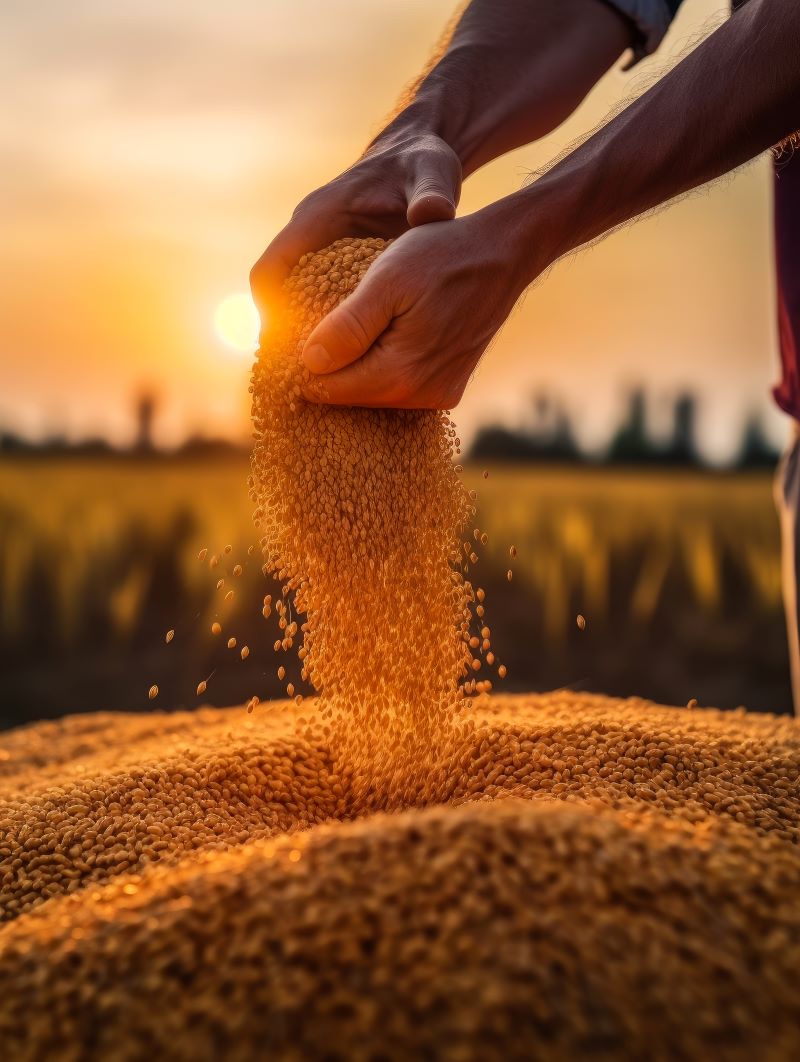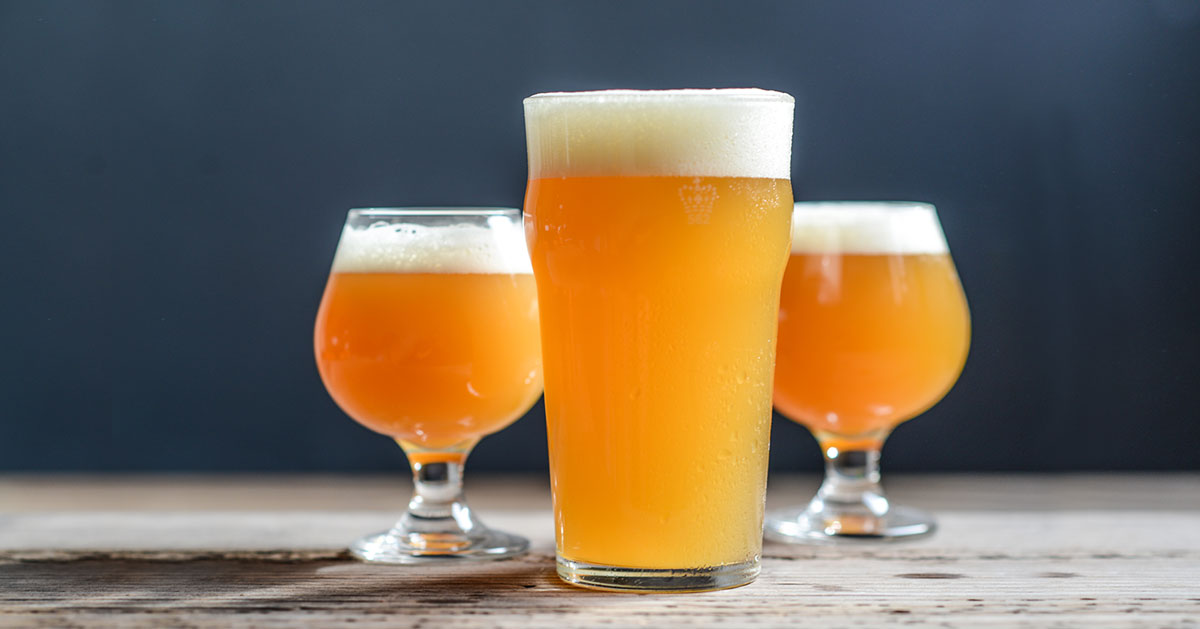Can Beer Be Left in the Fermenter for Too Long?
Yes! There is such a thing as a beer that’s been fermented for too long. Leaving your beer in the fermenter can have some unfortunate side effects, like spoiled taste and appearance. But how can you make sure you’re fermenting your brew for the proper amount of time? The easiest way is to check the recipe in your beer-making kit.
In this blog, we’ll cover recommended fermenting times for both primary and secondary fermentation. We’ll also go into what happens when you ferment your beer too long and how to avoid doing so.
How Long Can Beer Sit in a Primary Fermenter?
How long to leave beer in your fermenter depends on which recipe you’re using—always follow the instructions as closely as possible! Not sure where to find exciting and easy-to-use brewing recipes? Check out our variety of beer ingredient kits. These kits come packed with the exact amount of hops and grains you’ll need for a batch, as well as detailed instructions to help you get your brew right the first time. For example, the Chico Suave Pale Ale Beer Kit instructions recommend letting your brew sit in a primary fermenter for five to seven days.
Of course, different recipes recommend different fermentation lengths. How long you should ferment your brew depends on the type of beer you’re making, the desired alcohol by volume (ABV), and what kind of yeast you use. For example, lagers tend to take longer to ferment. This Honey Lager Beer Kit recommends 12 to 14 days of fermentation.
How Long Can Beer Stay in a Secondary Fermenter?
Like with primary fermenters, beer should stay in secondary fermenters for the amount of time recommended by their recipe. This is because each brew has a unique combination of factors that impact how quickly the yeast can convert sugars into alcohol. Going back to our Honey Lager Beer Kit example, this recipe recommends a secondary fermentation period of an additional 7 to 14 days.
It’s worth mentioning that many recipes have secondary fermentation listed as optional. If you skip this step, you can still brew a perfectly tasty beer with the expected ABV. Using a secondary fermenter has two primary benefits: improved taste and presentation. Secondary fermentation allows flavors even more time to develop, which can turn a good-tasting beer into a great-tasting one. This process also helps remove sediments, which gives your beer a clearer appearance.
Can Beer Be Left in the Fermenter Too Long for Fermentation?
It is possible to let beer ferment too long. By leaving your beer in a primary or secondary fermenter for too long, you risk reducing the quality of your brew. For best results, stick to the fermenting range listed in your recipe.
What Happens If You Leave Beer in a Primary Fermenter Too Long?
Leaving beer in the fermenter for too long can harm your brew. The negative consequences of leaving beer in the primary fermenter too long are:
- Increased risk of contamination
- Tainted flavors
- Off-colors
One of the reasons for these risks is that leaving the beer in the fermenter too long leaves time for the yeast to run out of food (sugar). Once this happens, the yeast will eat other ingredients or even dead yeast.
The other reason for these risks is that after fermentation is complete, the yeast produces carbon dioxide at a lower rate. With less carbon dioxide, contaminants have a better chance to flourish, which can affect your brew’s taste, aroma, and color.
Can You Drink Beer Straight After Fermentation?
Most often, you shouldn’t drink beer immediately after fermentation. Instead, it’s best to let your beer sit for about two weeks after bottling. This gives any straggling yeast time to finish the fermenting process. It also allows your beer to be fully carbonated.
To help give your beer that carbonated texture you and fellow beer lovers expect, it’s important to use priming sugar during the bottling process.
Does Fermenting Beer Longer Make It Strong for Beer?
The longer beer ferments, the more alcohol the yeast can produce. However, you can’t take any recipe and just ferment it longer to brew a stronger beer. Each recipe has a recommended fermentation period. Following these recommendations will preserve the flavor and reduce the risk of contamination.
Brewing Great Beer Begins with Great Fermentations!
The best way to safely brew great-tasting brew is to start with tried and true recipes. Fortunately, exciting recipes come packaged with pre-portioned grains and hops in our convenient beer ingredient kits.
Never guess again at how long to ferment your beer for or what the perfect ratios of dried malt extract, cascade hops, and yeast are. Explore our online shop to find your next delicious brew, or stop by our Indianapolis location. Not sure where to start? Give our friendly and knowledgeable staff a call. We’re always hoppy to help!



